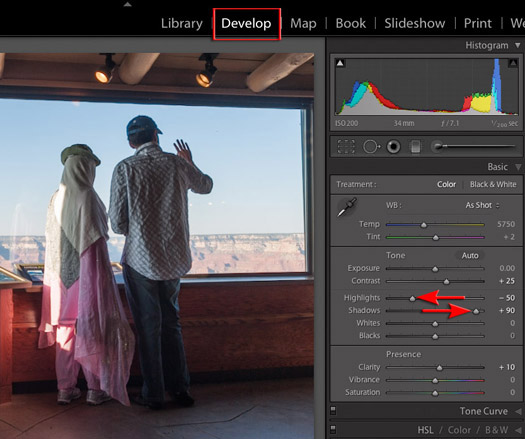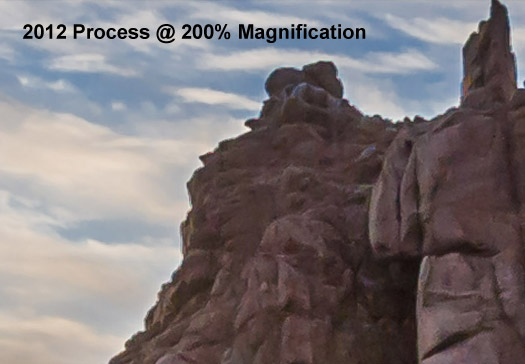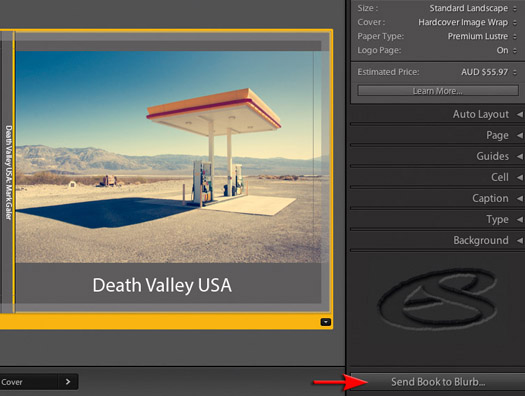Reviews
Photoshop Lightroom 4 Beta: Review
Photoshop Lightroom 4: Public Beta
An overview by Mark Galer
Adobe has released its public beta for Lightroom. You can download a copy from:
http://labs.adobe.com/technologies/lightroom4/

As a beta version of the software it is free to download and use, but the software is neither feature complete or completely stable (it will crash!). I would, however, definitely recommend it to Photographers who are desperate to see what Adobe has been working on for the last 18 months, provide feedback to Adobe about the development of Lightroom 4 and use it as a way of skilling up with the new features prior to the release of the official version later this year. It is not a replacement for your existing Lightroom 3 catalog and Adobe recommends even duplicating the images you intend to import into a new Lightroom 4 catalog that you would like to use to test-drive the software (just in case).

Although Lightroom 4 has lots of great new ‘wow’ features, such as the new ‘Book’ and ‘Map’ modules, I would have to say the most significant changes for most professional photographers and photographic enthusiasts is:
1) The arrival of the new 2012 Raw Processing engine,
2) The ability to soft proof images in Adobe RGB, sRGB and to any printer profile you may have on your operating system (a long overdue feature I had requested with the original beta of Lightroom 1).
3) Video editing capability.

This last feature is likely to find an instant fan club amongst the video shooting DSLR crowd. Lightroom 4 can now preview and edit video files as well as just catalog the files. Users will be able to trim video files and perform basic edits (minus the Shadows, Highlights and Clarity adjustments). Users can also apply a ‘Saved Preset’ that utilises tone curves and split toning adjustments from the Develop Module.
The 2012 Process: Don’t Panic!
The new 2012 process engine is likely to be seen as the most significant change by most photographers, and some of these changes are so big that it may cause some photographers, who are not fond of change, to throw their hands in the air in a state of disbelief. Unlike the changes to the Processing engine when Lightroom 3 was released, the changes to the 2012 process engine have been accompanied by a complete rethink of all the sliders photographers have been using since the arrival of Adobe Camera Raw in 2003. Users do, however, have the choice of using the older process engines but if you decide to embrace the new and improved 2012 process you will have to completely rethink the way you work your image files (no more Brightness, Fill light or Recovery sliders). When upgrading images processed with Lightroom 2 to Lightroom 3, users would typically only see the improvements of the upgrade – slightly sharper images, better vignettes and improved shadow detail. Images upgraded to the 2012 process, however, are unlikely to retain their visual appearance, requiring the user to process the file again in order to fine-tune the appearance using the new sliders. Only when this occurs will the user see the benefits of the 2012 process engine.

So is using the new process engine worth the investment of time to re-learn a workflow? Absolutely! The new Process engine is quite remarkable. It has the ability to recover shadow and highlight detail like never before, and offers the photographer the ability to rescue images or extract maximum quality detail from high-contrast images in pursuit of a folio quality image.

The edge artefacts that were visible, when extreme recovery of both shadows and highlights was required in the previous Process versions, have now largely been supressed or removed. Many photographers who were used to bracketing and then using HDR software or double-processing Raw files to achieve a high-quality end result may now find they are achieving the same high quality results using a single Raw file.

Improvements in the Develop module have not been limited to just the new Process engine (and the sliders that drive it). We now have a new Tone Curve that gives the user access to the individual RGB channels, providing control over precise color adjustments or the creation of heavily stylised images, such as the cross-process effect.

Maybe not a feature that will excite everyone but Adobe has added a Book module to Lightroom. This allows the user to create a folio book and then upload the whole project to Blurb without ever leaving Lightroom. I don’t think there will be many photographers who will skip this version when it finally releases later this year. Hey… I would upgrade for just the new Process engine!
Mark Galer
